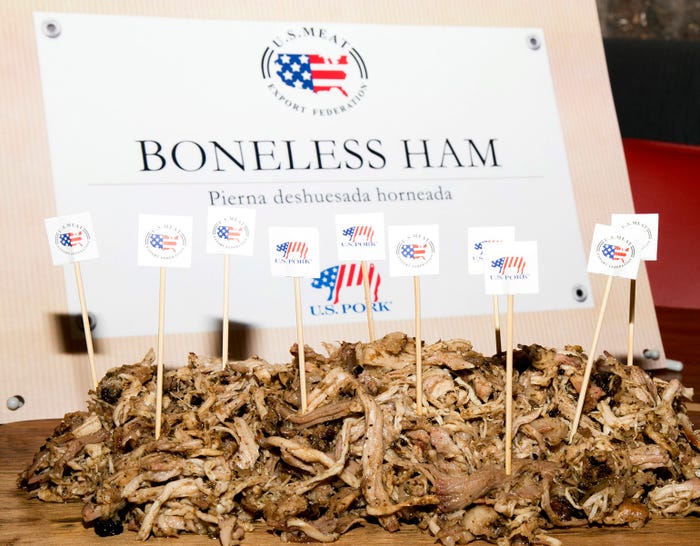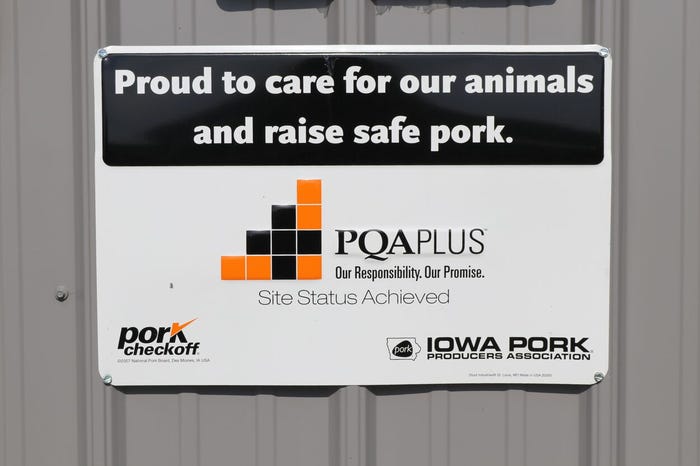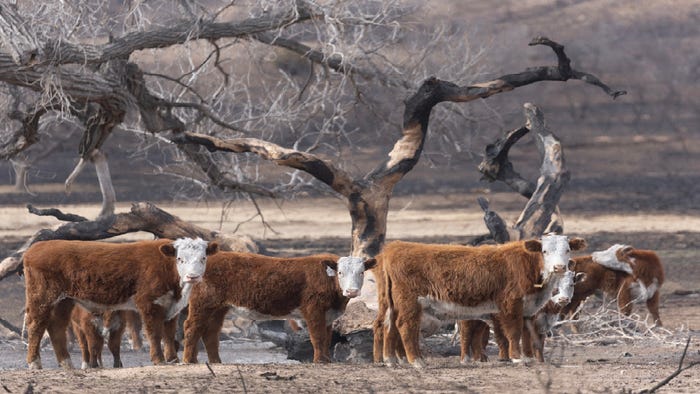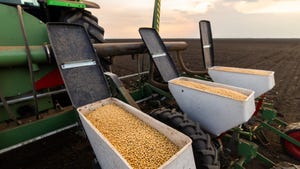thumbnail
Farming Business Management
Swine industry sees lower grain prices, higher exports, improving profitsSwine industry sees lower grain prices, higher exports, improving profits
With pork production declining in other regions and U.S. cost structures improving, industry in well-positioned to further capitalize on export markets.
Subscribe to Our Newsletters
National Hog Farmer is the source for hog production, management and market news




.jpg?width=700&auto=webp&quality=80&disable=upscale)




























.png?width=300&auto=webp&quality=80&disable=upscale)




